Shanfeng Hu
ADS: Approximate Densest Subgraph for Novel Image Discovery
Feb 13, 2024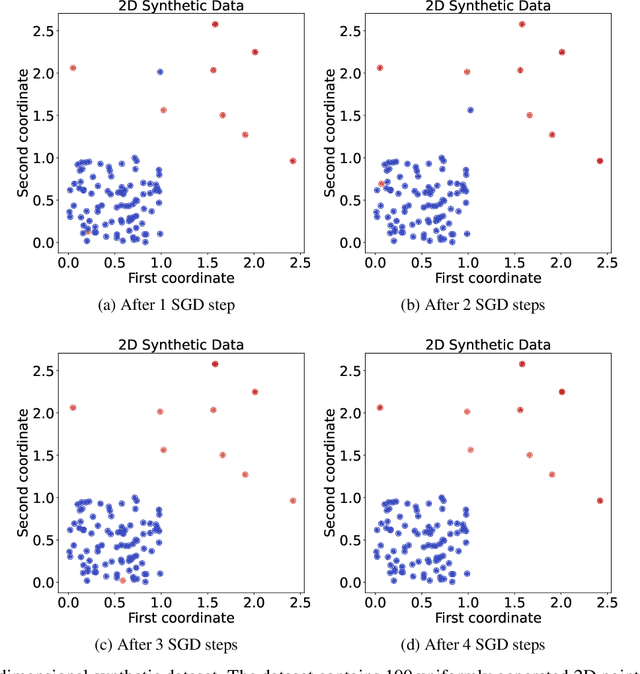
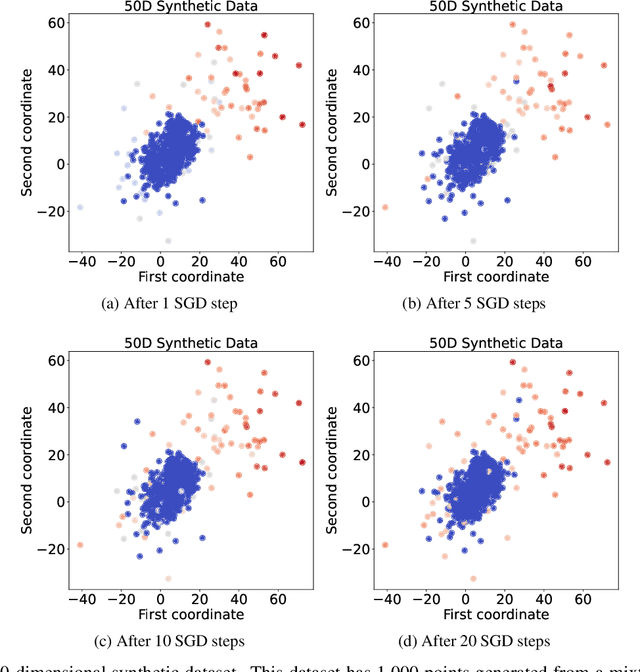
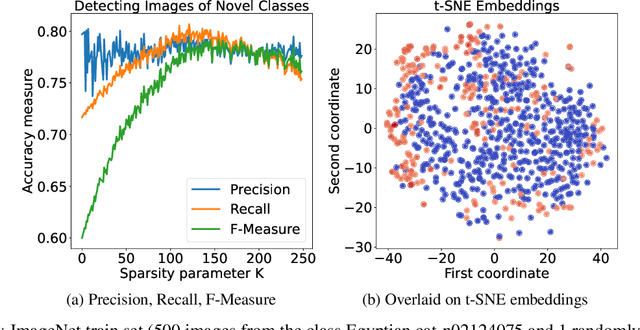
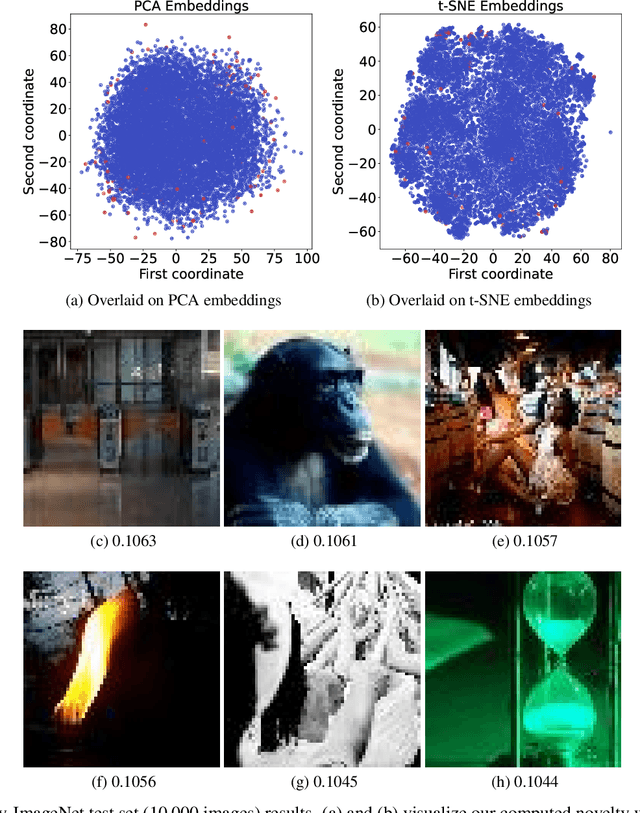
Abstract:The volume of image repositories continues to grow. Despite the availability of content-based addressing, we still lack a lightweight tool that allows us to discover images of distinct characteristics from a large collection. In this paper, we propose a fast and training-free algorithm for novel image discovery. The key of our algorithm is formulating a collection of images as a perceptual distance-weighted graph, within which our task is to locate the K-densest subgraph that corresponds to a subset of the most unique images. While solving this problem is not just NP-hard but also requires a full computation of the potentially huge distance matrix, we propose to relax it into a K-sparse eigenvector problem that we can efficiently solve using stochastic gradient descent (SGD) without explicitly computing the distance matrix. We compare our algorithm against state-of-the-arts on both synthetic and real datasets, showing that it is considerably faster to run with a smaller memory footprint while able to mine novel images more accurately.
UAV-ReID: A Benchmark on Unmanned Aerial Vehicle Re-identification
Apr 13, 2021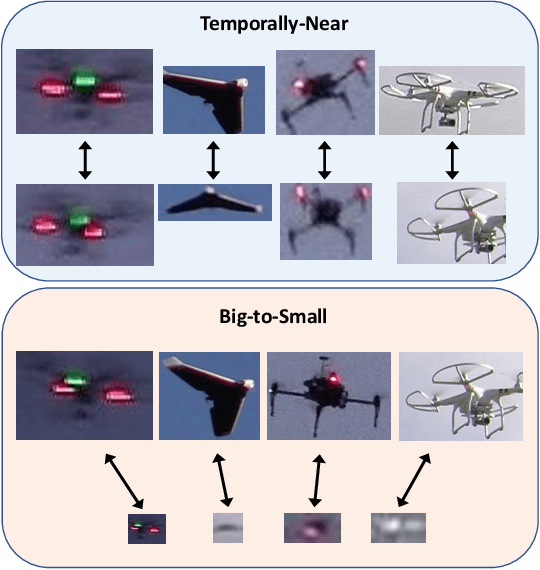

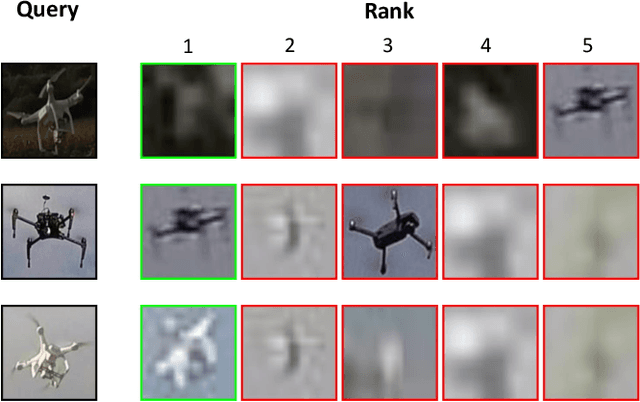
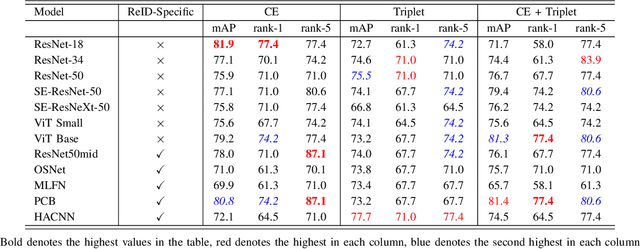
Abstract:As unmanned aerial vehicles (UAVs) become more accessible with a growing range of applications, the potential risk of UAV disruption increases. Recent development in deep learning allows vision-based counter-UAV systems to detect and track UAVs with a single camera. However, the coverage of a single camera is limited, necessitating the need for multicamera configurations to match UAVs across cameras - a problem known as re-identification (reID). While there has been extensive research on person and vehicle reID to match objects across time and viewpoints, to the best of our knowledge, there has been no research in UAV reID. UAVs are challenging to re-identify: they are much smaller than pedestrians and vehicles and they are often detected in the air so appear at a greater range of angles. Because no UAV data sets currently use multiple cameras, we propose the first new UAV re-identification data set, UAV-reID, that facilitates the development of machine learning solutions in this emerging area. UAV-reID has two settings: Temporally-Near to evaluate performance across views to assist tracking frameworks, and Big-to-Small to evaluate reID performance across scale and to allow early reID when UAVs are detected from a long distance. We conduct a benchmark study by extensively evaluating different reID backbones and loss functions. We demonstrate that with the right setup, deep networks are powerful enough to learn good representations for UAVs, achieving 81.9% mAP on the Temporally-Near setting and 46.5% on the challenging Big-to-Small setting. Furthermore, we find that vision transformers are the most robust to extreme variance of scale.
 Add to Chrome
Add to Chrome Add to Firefox
Add to Firefox Add to Edge
Add to Edge